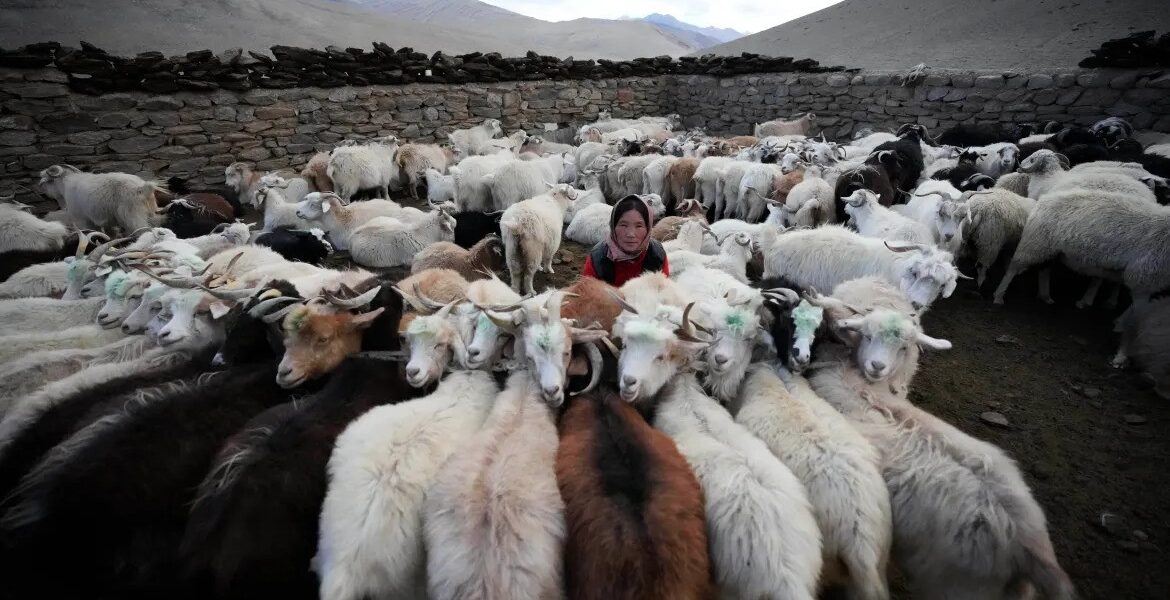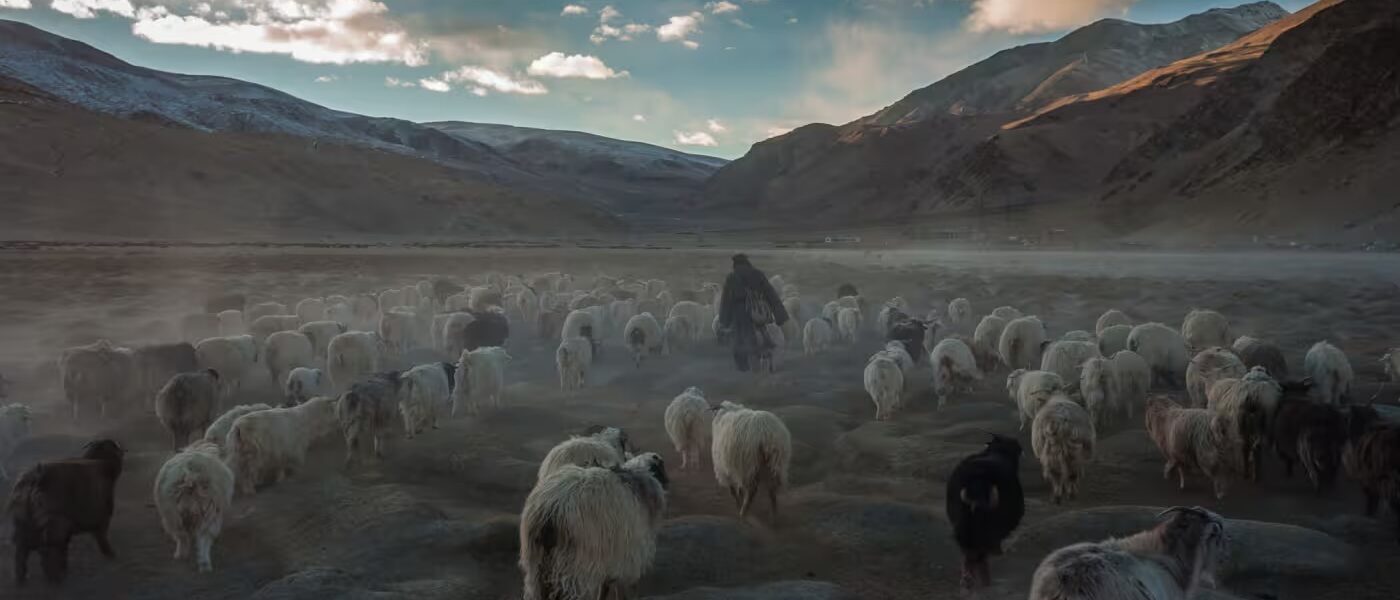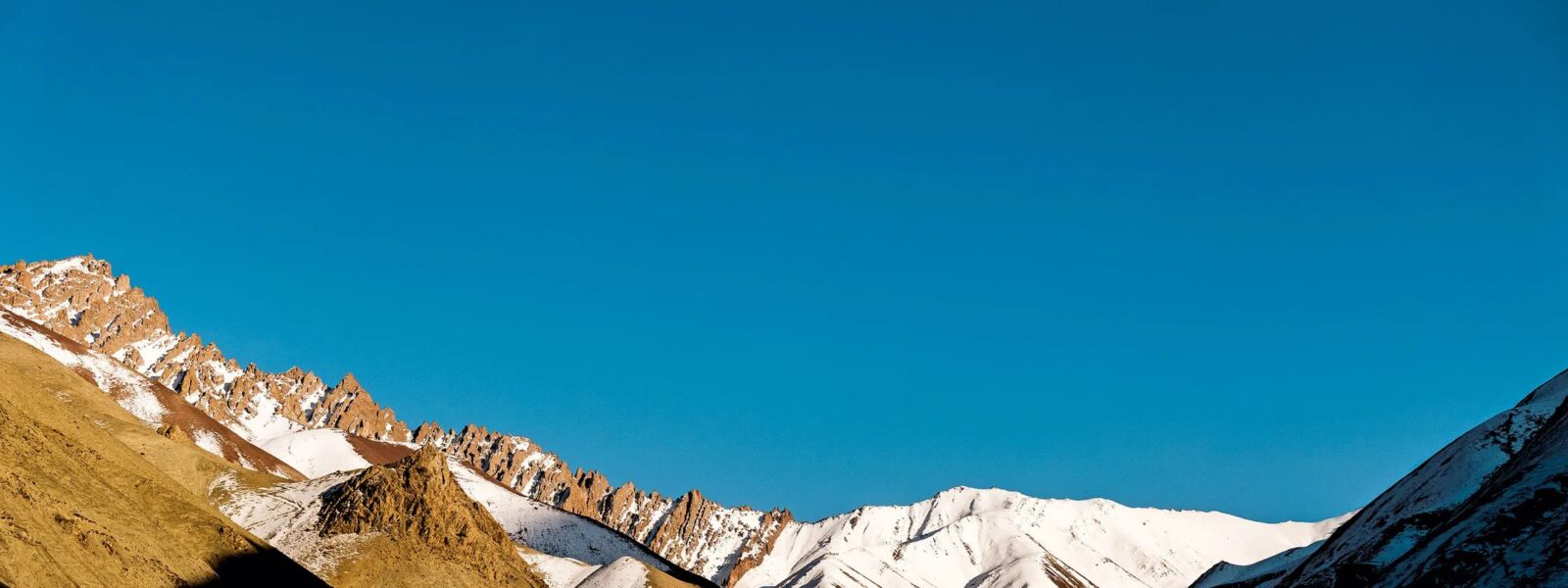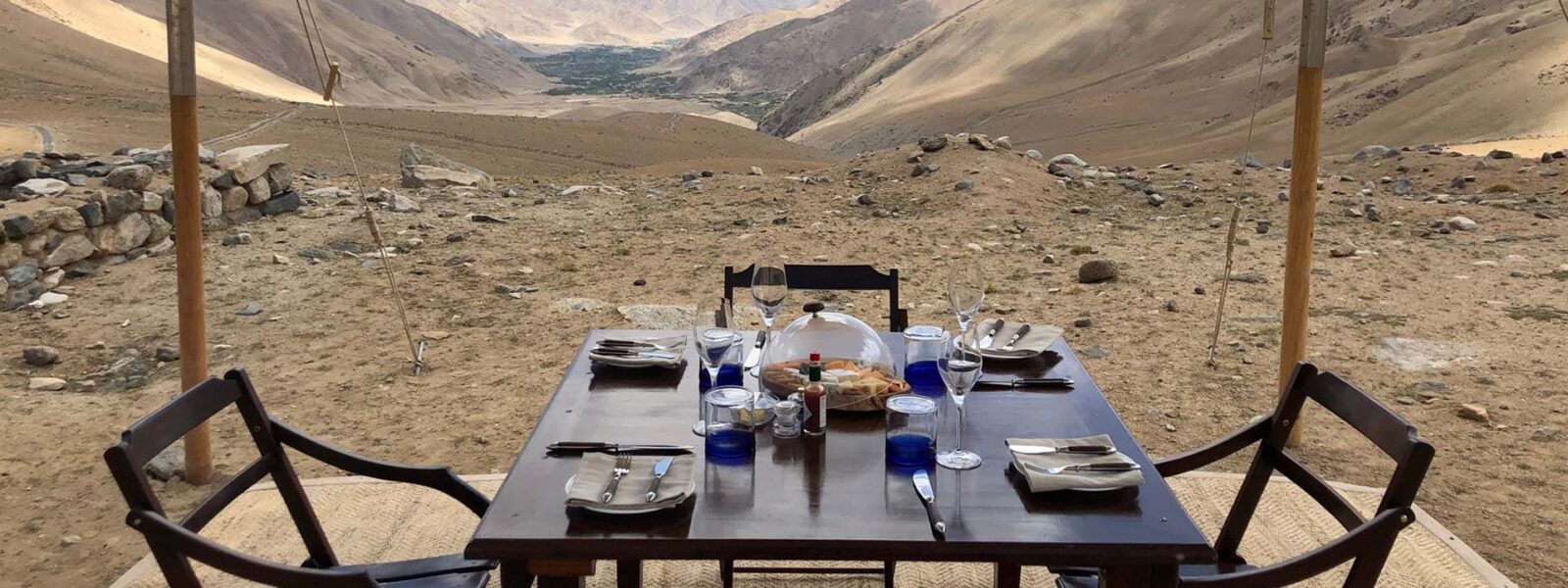Prologue: The Last Tree on Earth
There is a tree—if you can still call it that—growing out of a wind-blasted ridge in western Ladakh. It is neither tall nor noble. It doesn’t rise toward the sky like some symbol of endurance. Instead, it hunches low against the cold. Its bark is bleached, its leaves few. A thorn, maybe. A remnant. A survivor of something vast and unseen.
I stood before it, not long ago, on a morning when the air was brittle enough to break. The mountains crouched like sleeping animals. No birds. No sound. Nothing but that tree and the wind that threatened to tear it free. And I wondered: Is this still nature?
What we call “nature” might simply be a name we give to what we haven’t consumed yet. Not sacred. Not separate. Just unclaimed.
For centuries, we’ve described nature as a kind of untouched world, set apart from human life — a garden, a wilderness, a virgin landscape. A backdrop to our dramas. But this fantasy is wearing thin. With the glaciers retreating, oceans rising, forests slashed and burned, how much of this planet remains truly outside our grasp? And when everything has been altered — the air, the rivers, the soil — what exactly are we still protecting? A word? A feeling? A memory?
In this column, I want to trace the cracks in the idea of “nature.” To follow the language we use to keep it at a distance. To ask how long we can keep pretending it’s somewhere “out there,” untouched and pristine, when it’s already under our nails, and buried beneath our highways.
The tree in Ladakh, twisted and alone, is not a symbol of purity. It’s a marker of absence. A reminder of what was here before us. And what might remain when we’re gone. And it invites a terrifying but necessary thought: that “nature” is not a place, but a time. A before. A vanishing echo.
This isn’t a travel essay. There will be no recommendations for eco-resorts or best times to visit. What follows is something colder, more honest. A reckoning with the idea that nature — as we think we know it — may already be dead. And that the only thing left to protect is the truth.
What We Think ‘Nature’ Means
When we say “nature,” we usually picture something lush. A forest thick with ferns and filtered sunlight. A mountain untouched by footprints. A turquoise lake reflecting the sky, as if the two were having a quiet conversation. It’s always somewhere far, somewhere still, somewhere unspoiled.
But that vision isn’t real. It never was.
What we think of as “nature” is a myth — a curated illusion rooted in centuries of separation. It’s the product of Enlightenment dualism, of colonial maps, of national parks drawn with erasers instead of pencils. It’s a word we use not to describe the world, but to divide it.
At its heart, the word “nature” implies an outside. Something beyond cities, beyond systems, beyond the reach of human complexity. But where exactly is that line? Is a forest still natural if it’s been selectively logged? Is a river still wild if it’s been dammed upstream? What about the Arctic, now traced with microplastics? Or the coral reefs, bleached into ghost towns by the warming we caused?
Our romanticized view of the natural world — the “pristine wilderness” myth — conveniently erases both our impact and our presence. It forgets that people lived in many of the places we now designate as untouched. It ignores Indigenous stewardship, pastoral migration, ancient trails. It paints the land as empty so it can be claimed, sold, or saved — depending on the marketing strategy.
This illusion has consequences. When we think of nature as something pure and separate, we end up creating policies that aim to preserve aesthetics rather than systems. We designate zones, fence off beauty, and call that conservation. All while the air warms, the soils degrade, and life becomes harder to sustain — even within the protected boundaries we celebrate.
Nature, in this view, becomes a stage. A prop. A screensaver on the back of a burning computer. And as long as we keep pretending it’s “over there,” we’ll never see the destruction happening “right here.”
The truth is: we live inside what we’re destroying. The division between human and natural is a fiction — one that’s grown too fragile to hold. And maybe it’s time we stopped trying to protect nature as a thing, and started understanding it as a relationship — damaged, complicated, ongoing.
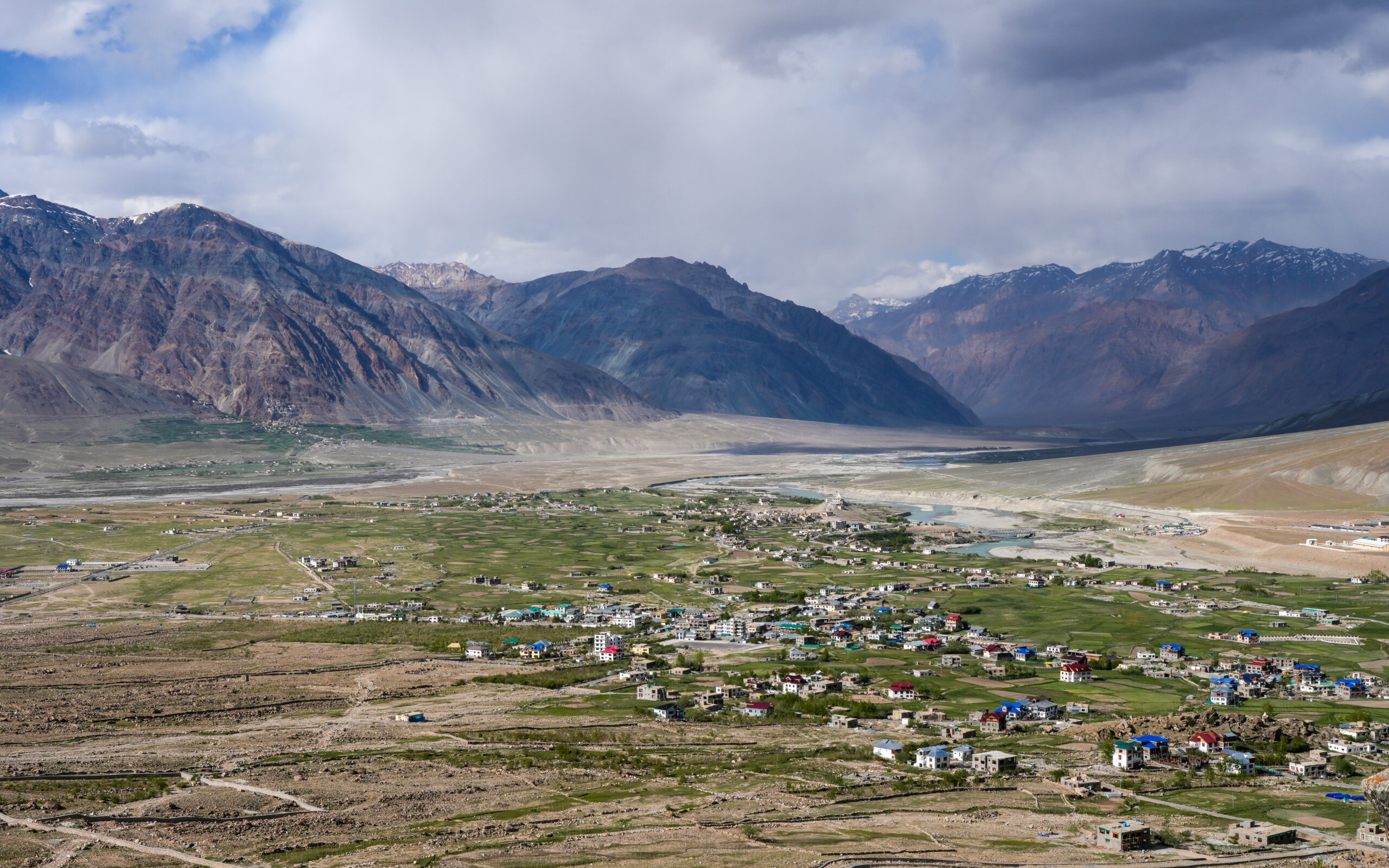
A Language of Avoidance
Words are slippery things. They can comfort or confuse, reveal or conceal. And when it comes to the word “nature,” we’ve chosen concealment. We use the word not to see the world more clearly, but to blur it — to push something away from ourselves, to keep it safely distant and undefined.
When a forest is logged, we say it’s been “harvested.” When species vanish, we call it “loss,” as if they simply misplaced themselves. When the ocean warms and the coral dies, it’s “bleaching,” a word that sounds less like extinction and more like laundry. The language we use to describe our impact on the natural world is coated in euphemism — a soft padding over hard truths.
But the most dangerous word of all might be “nature” itself. Because it implies something separate from us. Something optional. Something we can step into on weekends, photograph, maybe protect — if it doesn’t interfere too much with progress. It becomes a category, a checkbox, a brochure.
When we say “protect nature,” we rarely mean all of it. We don’t mean the toxic river winding past a refinery, or the cracked earth of overgrazed steppe. We mean the postcard version. The Instagram-ready sunset. The marketing-approved reserve. We mean whatever remains pretty, manageable, and unthreatening to business-as-usual.
This linguistic distancing has shaped not only public perception, but also policy. Environmental law often revolves around thresholds: how much damage is acceptable before a place is no longer “natural”? At what point does a forest stop being a forest? When we frame nature as a pristine baseline, we render damaged landscapes invisible. We write off the in-between — the polluted, the scarred, the recovering — as already lost.
But ecosystems do not think in absolutes. There is no binary between wild and ruined. There are only continuums, entanglements, feedback loops. A wounded river may still carry fish. A ravaged hillside may still bloom. The work of care — real care — starts when we look directly at these wounded spaces and speak of them honestly.
To do that, we need new language. Not the language of escape or denial, but of connection. We need to say: this is part of the world too. This, too, deserves our attention. Not because it is beautiful, but because it is alive.
The Violence Behind the View
Beneath the silence of remote landscapes lies a quiet violence—often unseen, often unspoken. It’s the kind of violence that doesn’t announce itself with flames or explosions, but with the steady erasure of life, of meaning, of memory. It is the violence that begins when we call a place “empty.”
All over the world, the idea of untouched nature has justified its destruction. In the name of conservation, Indigenous communities have been evicted from lands they’ve lived on for centuries. Their trails rebranded as trekking routes. Their homes razed to make space for wilderness lodges. They are written out of the narrative to preserve the illusion of purity—because real people are inconvenient to the postcard.
The myth of pristine wilderness isn’t just wrong—it’s harmful. It is built on colonial logics that treated land as vacant until mapped, as silent until named in English. Mountains became “resources.” Rivers became “potential.” Forests became “underutilized.” The rest was ignored, or worse, cleared. What followed was extraction disguised as stewardship: mining under the banner of development, logging rebranded as forest management, and tourism sold as ecological awakening.
Take Ladakh. Once considered too remote to bother with, it has now become a frontier—not of mystery, but of consumption. Roads are etched across ancient valleys. Glacial lakes once sacred are now swimming in selfie sticks and drone footage. The language of protection has been co-opted to mean access: the more “beautiful” the place, the faster it’s packaged, promoted, and sold. Even silence now has a price tag.
This is the cost of calling nature “other.” It allows for its commodification. It allows us to destroy what we claim to love. We build eco-resorts on fragile slopes, fly in supplies by helicopter, and congratulate ourselves for “treading lightly.” But no footprint is weightless. Every gaze comes with a shadow.
The truth is that many of the world’s last so-called “natural” spaces are not empty—they are silenced. The animals have moved on. The people were pushed out. What remains is a curated silence that we mistake for peace. But the land remembers. The land bears witness. And if we listen carefully, the stillness we find there is not serenity. It is grief.
To truly honor nature—if such a thing is still possible—we must stop romanticizing it. We must stop pretending that purity ever existed. We must tell the truth: that our view of nature has long served as a mirror, not a window. And in that reflection, the violence is ours.

Rewilding the Ruins
Not all destruction is final. Sometimes, after the noise fades and the bulldozers move on, something unexpected begins to grow. A sapling between cracks in the pavement. A fox returning to a city park. A glacier-fed stream reemerging after a dam is removed. This is not restoration in the traditional sense. It is rewilding. And it carries both promise and peril.
Rewilding, at its best, is the act of stepping back. It’s the decision to allow ecosystems to heal without micromanagement, without aesthetic interference. It acknowledges that nature is not a museum, nor a theme park. It evolves. It surprises. It fails and flourishes in cycles that resist tidy narratives. Rewilding asks us to trust those cycles—and to stop placing ourselves at the center of every solution.
But rewilding also walks a dangerous edge. In recent years, the term has been appropriated, even branded. Rewilded landscapes are now sold as eco-tourism experiences, complete with curated wilderness, controlled predators, and glossy promotional material. Wolves reintroduced into Europe are tracked by satellite and drone. Vast ranches in the American West call themselves “wild” while fencing out neighboring communities. Once again, the language of care is used to sanitize control.
If rewilding is to mean anything, it cannot be about recreating a fantasy of untouched nature. It must instead begin with humility. It must recognize that ecosystems have long histories—social, cultural, spiritual—and that rewilding without acknowledging human presence risks repeating the same violence as before. Rewilding must be as much about justice as it is about biology.
There is much to unlearn. For centuries, we were taught to dominate land, to till it, to measure its value by output. Now, we are asked to let it go. But letting go is not the same as looking away. It requires attention. It requires care. It requires accepting that we are part of the ruin—and possibly, of the renewal.
In Ladakh, there are stretches of high-altitude pasture where shepherds no longer roam. These places are not “wilderness,” but spaces in transition. Yaks still wander there. Snow leopards still pass in the night. Moss creeps over the stones of forgotten pens. It is not a return to a lost past. It is something else—an emergence, uneven and imperfect.
Maybe that’s what rewilding really is: not a reset button, but an opening. A crack through which life insists on returning. Not to be watched from a safe distance. But to be met, awkwardly and honestly, as cohabitants of a world we never truly left.
Ladakh: The Last Blank Space?
There’s a certain kind of map—the kind drawn by outsiders—that leaves some places empty. No roads. No settlements. Just white space framed by mountain ranges, as if the land itself hasn’t yet been imagined. For decades, Ladakh has existed in that space for the rest of the world: a blank zone on the northern edge of the Himalayas, spoken of in hushed tones by trekkers, mystics, and marketers alike.
But Ladakh is not a blank space. It never was.
To call it empty is to erase its people, its politics, its memory. Nomadic herders, mountain farmers, and monastic communities have shaped its landscape for centuries. Trails crisscross high-altitude passes long before they were called “routes.” Glacial waters are carefully rationed and revered. The silence here is not absence—it is knowledge. A quiet learned over generations of listening.
Yet today, Ladakh is being reimagined—not by those who live there, but by those who arrive with cameras, checklists, and itineraries. It is sold as a last frontier, an untouched escape. And in doing so, it becomes what every untouched place eventually becomes: a target.
Tourism has poured into the region under the banner of “eco-travel.” But the irony is hard to miss. Campsites now line once-isolated valleys. Plastic bottles float in sacred streams. Paragliders hover over villages where electricity still comes and goes. Roads widen to accommodate convoys of SUVs, and snow leopards become logos for luxury homestays.
What we are witnessing is not preservation. It is transformation under the illusion of care. Nature, here, is being packaged for consumption—its ruggedness curated, its wildness managed. The blank space is being filled, not with understanding, but with infrastructure. And behind every trail marker lies the ghost of a quieter time.
The danger isn’t just the physical impact. It’s the narrative being imposed. When we label Ladakh as “untouched,” we imply that it has no history worth noting. No existing rhythms. No indigenous logic. We overwrite centuries of adaptation with a single phrase: hidden paradise.
And yet, the real Ladakh resists. It exists not in the brochures but in the spaces in between—in the woman tending barley fields by hand, in the boy guiding sheep across a frozen stream, in the elder who knows which herbs to gather after the second snow. These are not stories of isolation. They are stories of survival, of presence, of continuity.
To see Ladakh as it is—not as an untouched world, but as a living, breathing landscape of entanglement—requires a shift in perspective. It asks us to stop searching for blank spaces, and instead to learn from what is already written there. To honor not just the mountains, but the people who walk among them.

What’s Left When Nature Dies
When a word dies, it doesn’t vanish—it haunts. It echoes through conversations, headlines, classroom lessons, environmental reports. It lingers, hollowed out, still dressed in the authority it once held. “Nature” is becoming such a word. Spoken often. Felt rarely. A placeholder for something we can no longer point to with certainty.
But what happens when nature—as we’ve defined it—is no longer around to be protected, photographed, or preserved? What’s left when the wild no longer means wild, when the untouched no longer exists, when every trail has been walked, every valley geo-tagged, every silence filled with signal?
Perhaps what’s left is a reckoning. Not just with the world, but with ourselves.
We’ve built a narrative of separation, one in which nature is the backdrop and we are the actors. But the stage is collapsing. The oceans are acidifying. The skies burn longer. The soil turns to dust. The boundaries we believed protected us from the collapse of the natural world are proving fictional. And the cost of that fiction is growing by the hour.
To grieve for nature is not weakness. It’s clarity. It is the first honest response we’ve had in a long time. But grief is not enough. We need to confront the myth we helped create—the myth of the wild, the pure, the untouched. We need to see that our idea of nature was always more about ourselves than the planet.
What if, instead of mourning nature as a lost object, we began to rebuild a relationship with what remains? Not out of nostalgia, but out of necessity. Not by drawing boundaries, but by acknowledging entanglements. Not by seeking new Edens, but by caring for damaged places without asking them to be beautiful first.
There is still life in the ruins. Still resistance in the roots. Still birdsong over landfills and moss on concrete walls. These are not symbols of resilience—they are acts of quiet defiance. And they remind us that what we call “nature” has never needed our permission to continue.
Maybe, in the end, nature isn’t a sanctuary or a concept or a view. Maybe it’s simply what survives us. And maybe our job now is not to save it, but to step out of the way long enough for it to find a new shape—one we no longer recognize, but that holds space for what we’ve forgotten how to see.
Because when the word dies, the world doesn’t. It just stops waiting for us to name it.
Declan P. O’Connor is a columnist exploring the blurred boundaries between nature, language, and loss.


